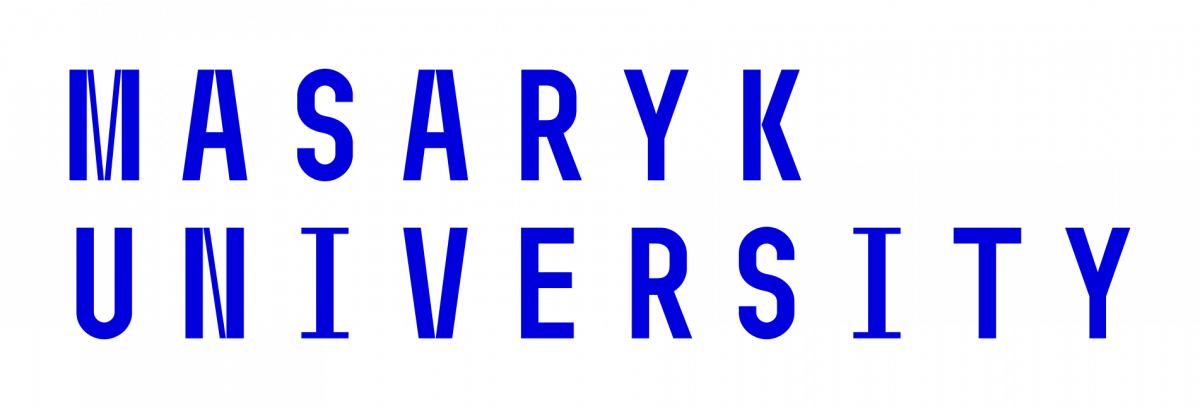Machine learning is a branch of artificial intelligence and computer science which focuses on the use of data and algorithms to imitate the way that humans learn. Nowadays machine learning is probably used by the average citizen several times a day, as it can be found applied in web searching, practical speech recognition, weather prediction, self-driving cars, and so on.
In 1950, Alan Turing created the Turing Test, theobjective of which is to determine if a computer has real intelligence. The basic premise is that to pass this test, a computer must be able to fool a human into believing it is also human. In the history of AI, machine learning has evolved from that time to today.
Machine learning falls into three primary categories: supervised machine learning, unsupervised machine learning, and semi-supervised learning. Although machine learning represents a growing and important field with many gains in several areas, it also raises ethical concerns, such as its impact on job creation/loss, privacy, bias and discrimination, and accountability. In journalism, some of the areas of implementation of machine learning are: information search, content generation, and recognition systems.









